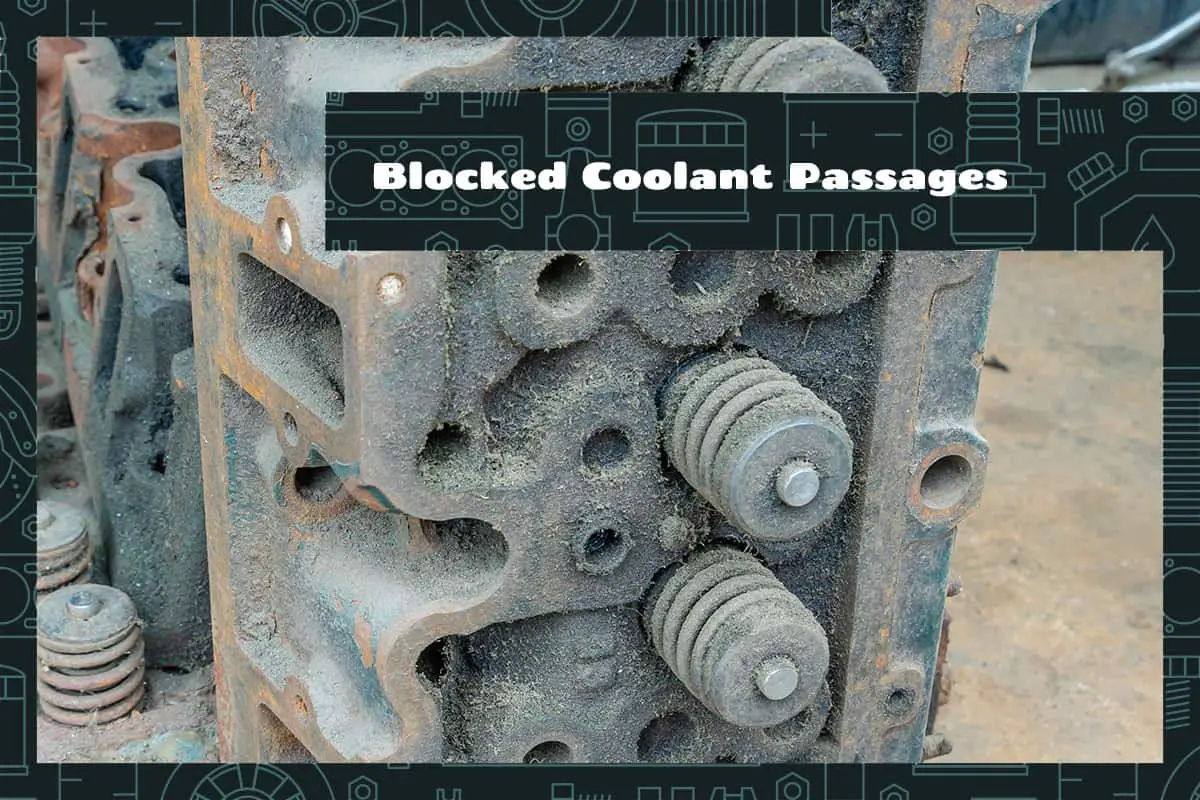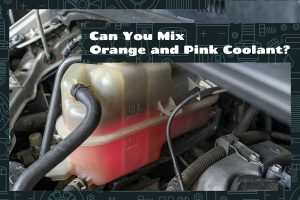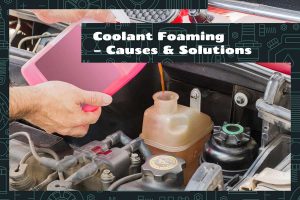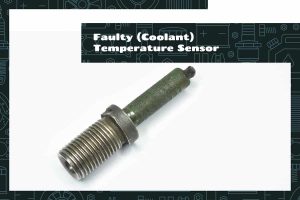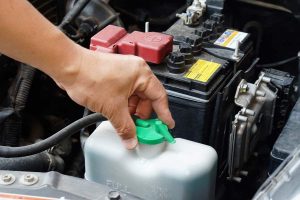Car engines run hot, and without the cooling system, the heat could cause serious damage to your vehicle’s engine. Central to this system is the network of coolant passages, which ensure the proper flow of coolant—a liquid mixture designed to regulate the temperature within the engine.
However, these passages can become blocked due to various reasons, such as sediment build-up or rust, leading to an array of problems ranging from reduced fuel efficiency to catastrophic engine failure.
You can usually tell if your car has blocked coolant passages by looking for the following symptoms:
- Unusually high engine temperature
- Inefficient heating system
- Coolant leakage
- Emission of white smoke from the exhaust
In today’s guide, we will learn about the intricacies of blocked coolant passages. We’ll explore the underlying causes, and treatment methods.
Understanding Your Car’s Cooling System
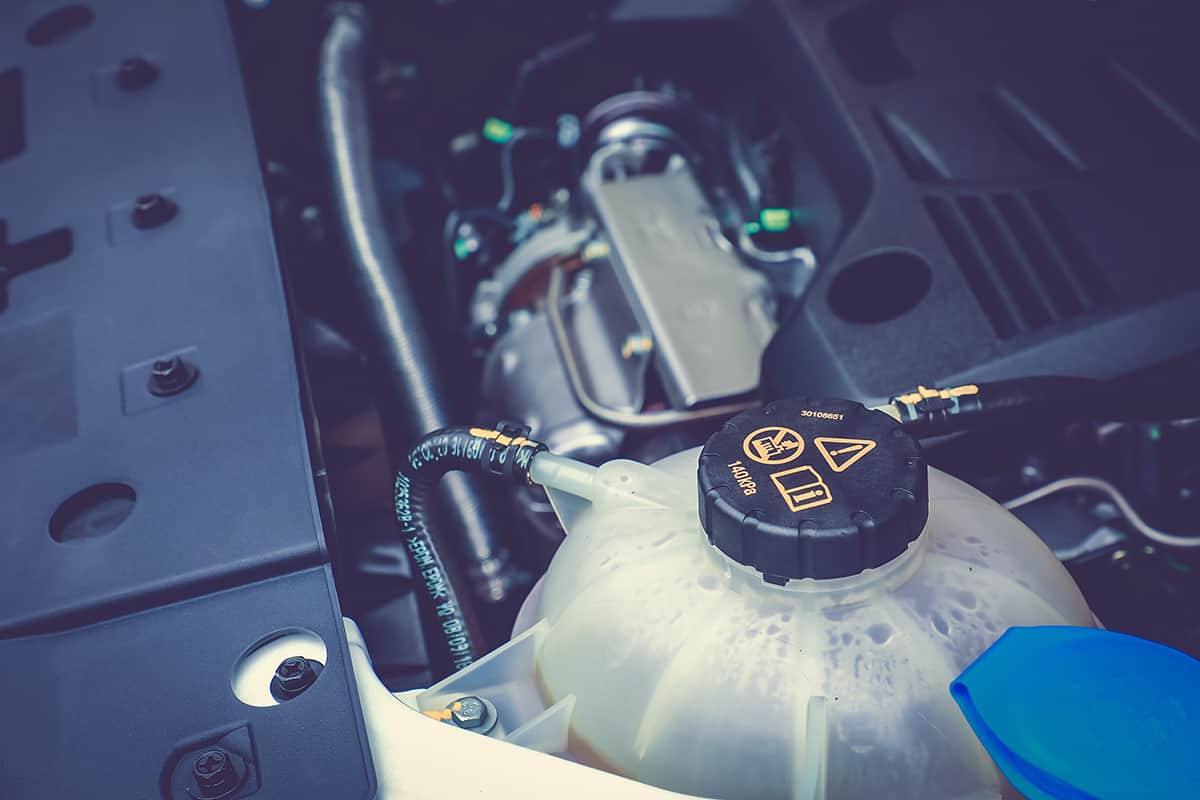
Your car’s cooling system plays a pivotal role in ensuring the smooth operation of your vehicle. This system prevents the engine from overheating, which could lead to significant damage. It consists of several components that work together to regulate engine temperature, and at the core of this system are the coolant passages.
The role of coolant in your vehicle
Coolant, often referred to as antifreeze, is a heat transfer fluid that absorbs heat from the engine and then releases it at the radiator. It’s typically a mixture of ethylene or propylene glycol and water, often in a 50/50 ratio.
Beyond its primary role in heat regulation, coolant also helps prevent engine rust and erosion. The effectiveness of the coolant can diminish over time, which can lead to problems like sediment build-up or rust, potentially blocking the coolant passages.
How the coolant system works
The cooling system works based on a relatively simple principle. When you start your car, the engine begins to heat up. The thermostat starts to open as the engine reaches a certain temperature (between 190 and 225°F), allowing the coolant to flow into the engine block through the coolant passages. This coolant absorbs the heat produced by the engine.
The water pump then propels the heated coolant away from the engine and towards the radiator. The radiator, aided by the fan, cools down the hot coolant. The now-cooled coolant returns to the engine to absorb more heat, and the process repeats.
Signs of Blocked Coolant Passages
Blocked coolant passages can lead to various issues that impact your vehicle’s performance and, if left unchecked, can cause serious damage to your engine.
1. High engine temperature
The engine temperature gauge in your car’s dashboard should remain in the middle range under normal conditions. If the gauge indicates a high temperature or if the ‘check engine’ or ‘engine overheating’ warning light comes on, it may suggest a coolant passage blockage.
2. Heater is not working
When you turn the heater on, it uses heat from the engine coolant to warm the air. If the coolant passages are blocked, the coolant may not reach the heater core, an essential part of your car’s heating system. This blockage will prevent warm air from being produced when you turn on the heater, indicating a potential issue with the coolant passages.
3. Coolant leakage
When the passages are blocked, pressure can build up in the system, leading to leaks. Coolant is typically bright green, orange, or pink and has a sweet smell. If you notice a puddle of such fluid under your vehicle, it could indicate a coolant leakage.
4. White smoke from the exhaust
If the coolant cannot circulate properly, it may end up in the combustion chambers, where it gets burned and produces white smoke. This scenario can be severe as it suggests that the coolant is not only blocked but is also decreasing in volume, potentially leading to overheating and significant engine damage.
Causes of Blocked Coolant Passages
While identifying the signs of blocked coolant passages is crucial, understanding the underlying causes is equally important. This knowledge can help you prevent blockages in the future, leading to a healthier, more efficient cooling system.
1. Poor maintenance and irregular coolant changes
The coolant in your vehicle degrades, becoming less effective at absorbing heat and preventing corrosion. This degradation can lead to rust and sediment buildup, which may block the coolant passages.
2. Using the wrong coolant
Different vehicles require different types of coolant, which can vary in terms of composition and additives. Using the wrong coolant can cause a reaction with your engine’s metal components, leading to the formation of gunk or debris that can block the coolant passages.
3. Rust and sediment accumulation
Corrosion can flake off and block the coolant passages. Similarly, sediment can form from debris in the cooling system or from the degradation of the coolant itself. These particles can gather in the coolant passages, causing blockages.
Treating Blocked Coolant Passages
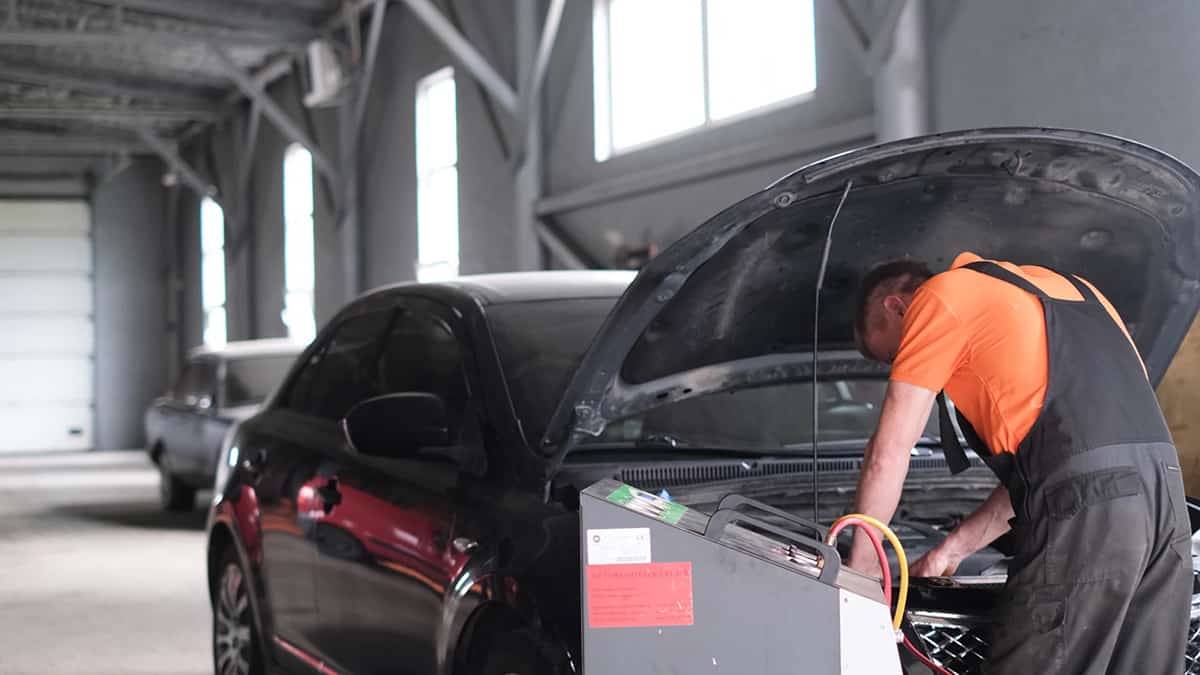
Blocked coolant passages can have detrimental effects on your vehicle’s engine if not addressed promptly. This section will explore professional treatment methods and some DIY solutions you can attempt.
Professional Treatment Methods
If you suspect your vehicle has blocked coolant passages, taking it to a professional mechanic is often the best course of action. Mechanics have the necessary expertise and equipment to accurately diagnose and resolve the issue.
- Coolant System Flush: A coolant system flush is often the first step in treating blocked passages. This procedure involves draining the old coolant, flushing the system with a special solution to remove debris and blockages, and then filling the system with fresh coolant.
- Passage Cleaning: In some cases, the mechanic may need to manually clean the coolant passages. This process is more intensive and requires disassembling parts of the engine to access the passages.
- Part Replacement: If the blockage has caused significant damage to the cooling system components, those parts may need to be replaced.
DIY Solutions
If you’re confident in your automotive skills, there are DIY solutions you can attempt to treat blocked coolant passages. However, always approach with caution and consult a professional if unsure.
- DIY Coolant Flush: Similar to the professional method, a DIY coolant flush involves draining the old coolant, flushing the system with a radiator flush solution available at auto supply stores, and then refilling with fresh coolant.
- Cleaning Additives: Some products can be added to the coolant system that chemically breaks down rust and sediment, potentially unblocking the passages. Make sure to follow the instructions on the product label.
- Hose Inspection and Cleaning: Inspect the hoses connecting different components of the cooling system. If they’re clogged, you can try to clean them using a wire brush and a cleaning solution.
